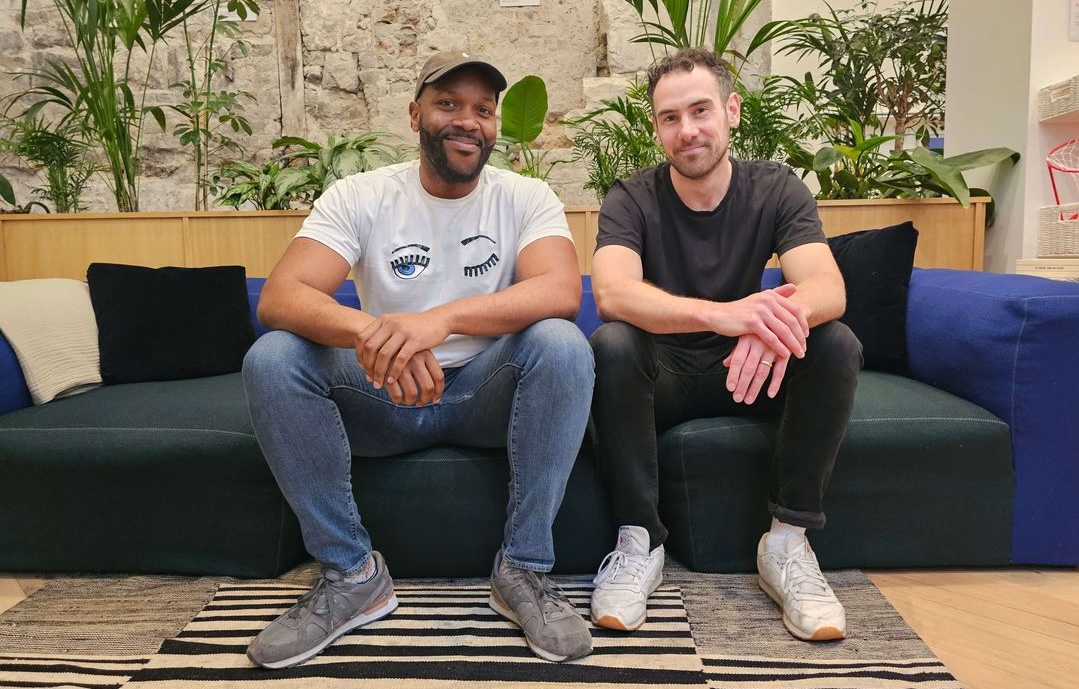Greetings, ImpactAlpha readers!
#Featured: The Brief №100
Blow out the candles. Today’s 100th issue of The Brief is itself a #Signal. When we launched ImpactAlpha, skeptics doubted deal activity in the impact investment marketplace would be robust enough to warrant daily coverage. You put that to rest. Since January alone, we’ve rounded up more 300 deals, investments and fund raises representing tens of billions of dollars and potentially huge impact. How the growing number of “agents of impact” are seizing opportunities has suggested more than 150 “signals” as capital markets rotate around social and environmental value-creation. We’ve set our sights on 2030, a convenient deadline for global goals around sustainable development and the low-carbon transition. We may get there after all. As we’ve long argued, increasing the visibility of impact investments and investors is itself a form of impact. The more the practice gets normalized, the more capital will flow. Like you, we’re just getting started.
— David Bank, Editor and CEO
#Sponsored: Content from Cornerstone Capital Group
Place-based impact investing and community wealth-building in Colorado. The state is “uniquely positioned to establish a new paradigm for investing and community wealth-building that is inclusive, equitable and replicable,” Katherine Pease, the new director of impact investing at Cornerstone Capital Group, writes in the “Colorado Impact Report,” just out from Cornerstone’s Denver office. Among the nuggets: The city of Denver provides loans to a neighborhood cooperative that links low-income food producers, processors and a grocery store. A pay-for-success bond is financing supportive housing for 250 homeless adults in the city. The Denver Community Foundation has more than $1 million in impact investments, including a coffee house that trains hard-to-hire youths and a fund for transit-oriented affordable housing.
The report includes essays from 15 Colorado impact investors, foundations and leaders of the state’s community wealth-building movement, whose public/private collaboration may represent a model for other regions. Place-based impact investing can address issues overlooked or underfunded by governments and provide capital for ventures that otherwise might not attract private private investors, says Phil Kirshman, Cornerstone’s chief investment officer. He writes, “We have a thriving impact investing ecosystem in Colorado, which we expect to continue to grow and develop.” Read Cornerstone Capital Group’s “Colorado Impact Report: A Web of Place-Based Impact Investing and Community Wealth-Building Opportunities.”
#Dealflow: Follow the Money
Protix raises $50 million to raise insects for fish feed. You probably have already eaten black soldier fly larvae, at least indirectly. Farmed fish and other livestock are starting to feast on feed made from these fast-growing maggots, which themselves can be fattened on rotting food waste. The growing demand for such high-quality feed attracted investors to Protix, a Netherlands-based insect-based feed producer that is expanding into the aquaculture market. Its latest funding round was backed by sustainable aquaculture fund Aqua-Spark, BOM Capital, and RaboBank, one of the company’s early investors. The need for protein-based foods is expected to increase by almost 50% in the next 30 years (see “What to feed the fish”). Growing insects as a feed source can reduce the need for forage fish, and is even more sustainable because varieties like the black soldier fly — Protix’s flagship product — feed on food waste. Aqua-Spark has also invested in Calysta, a California biotech company that uses microbes to produce a fishmeal substitute. Aqua-Spark’s Mike Velings told ImpactAlpha the fund will encourage the fish farms it invests in to try both types of feed.
Apple issues $1 billion green bond. The offering from the world’s most valuable company is the first corporate green bond since the White House announced the U.S. would pull out of the Paris climate agreement. “Leadership from the business community is essential to address the threat of climate change and protect our shared planet,” Apple’s Lisa Jackson said. Apple’s first green bond — a $1.5 million offering — was announced shortly after the climate agreement was made in 2015. Proceeds will be used to finance Apple’s sustainability agenda, which includes greening its facilities and its supply chain. The tech giant is close to making its facilities 100% renewably powered. It’s next effort is to source materials from renewable or recycled sources.
CalSTRS to complete its divestment from coal. The board of the California teachers’ pension fund, the nation’s second largest public pension fund voted to exit from all non-U.S. based thermal coal investments, after approving a similar move for all U.S.-based coal facilities last year. The divestment is unlikely to bring the industry. CalSTRS three global holdings represented only $8.3 million out of the fund’s $206.5 billion in assets. The U.S. holdings were even smaller, only $1.5 million. “We determined that given the financial state of the industry, the movement of the regulatory landscape and coal’s impact on the environment, its presence reflects a loss of value,” CalSTRS’ Sharon Hendricks said last year.
See all of ImpactAlpha’s recent #dealflow.
#GSGHonors
We’re looking for leaders driving impact investing around the world. The Global Steering Group for Impact Investment will honor investors, managers, entrepreneurs and market-builders. Deadline: June 16. Submit an entry.
#Signals: Ahead of the Curve
Goldman brokers renewable energy, including for itself. President Trump is touting a new coal mine in southwestern Pennsylvania. But in the northeastern part of the state, a wind farm cut a deal with Goldman Sachs. The White House’s favorite bank agreed to buy 68-megawatts of electricity directly from the developer, NextEra Energy, in Scranton. The arrangement will power Goldman’s New Jersey data center and help the bank meet its goal of 100% renewable power by 2020. Perhaps more importantly, it gets Goldman into the business of connecting corporate buyers of electricity with renewable-energy developers. Goldman CEO Lloyd Blankfein has been outspoken on climate matters; he took to Twitter for the first time to condemn the White House’s reversal on the Paris Agreement. Goldman and other Wall Street banks anticipate corporate demand for direct renewable energy deals as prices for solar and wind power drop. Goldman wants to position itself as a bridge between developers like NextEra and corporate buyers, assembling power-purchase agreements and buying large amounts of power to syndicate out to smaller buyers. As for Goldman itself, it’s 90% of the way to its goal.
#2030: Long-Termism
Leapfrogging the internal combustion engine in India. Mobile phones leapfrogged landlines in many developing countries. Solar energy is in the process of leapfrogging the electric grid. India thinks shared electric vehicles could leapfrog both the internal combustion engine and car ownership itself. The government’s initiatives to encourage all-electric vehicles by 2030 and to promote consumer car-sharing over car ownership could reduce projected vehicle ownership to 77 million by 2030, saving India $60 billion in energy and keeping a billion metric tons of carbon emissions out of the atmosphere.
Without early intervention, the 29 million passenger vehicles on Indian roads in 2015 could swell to 170 million by 2030. That might be good news for automakers, but it’s disastrous for a country with 13 of the 20 most polluted cities in the world. Pollution is responsible for an estimated 1.1 million deaths in India each year.
Electric cars, for now, are more expensive than gas or diesel-powered vehicles, which deters individual consumers from buying them. To discourage the production and purchase fuel-powered cars, the government is considering a near-term “feebate” system — charging fees on less efficient models and rebates on more efficient ones. The rebates would help drive consumers that do plan to buy to electric models. Indian ride-hailing service Ola is reportedly developing plans to get into the electric car manufacturing business, with the help of Japan’s Softbank.
The government is also looking to replace gas-powered motorbikes, which represent more than 70% of new vehicle registrations, and three-wheeled autorickshaws, which collectively make 230 million passenger trips per day. For those, the government is looking into battery-swapping plans, where motorists can stop to replace dead batteries for fully-charged, rather than charging the vehicle at a charging station. Companies like Gogoro are developing smart scooters and swappable-battery plans. Ride-hailing companies like Ola and Uber are adding scooters and rickshaws to their platforms.
India is “in a more advantageous position than any other nation that we know of to leapfrog the internal-combustion-engine/private-vehicle-ownership model,” says Clay Stranger of Rocky Mountain Institute, which is working with the Indian government on transit transformation plans. “The prevalence of shared mobility is completely accepted, used, and normalized in India.”
Onward! Please send any news and comments to [email protected].











